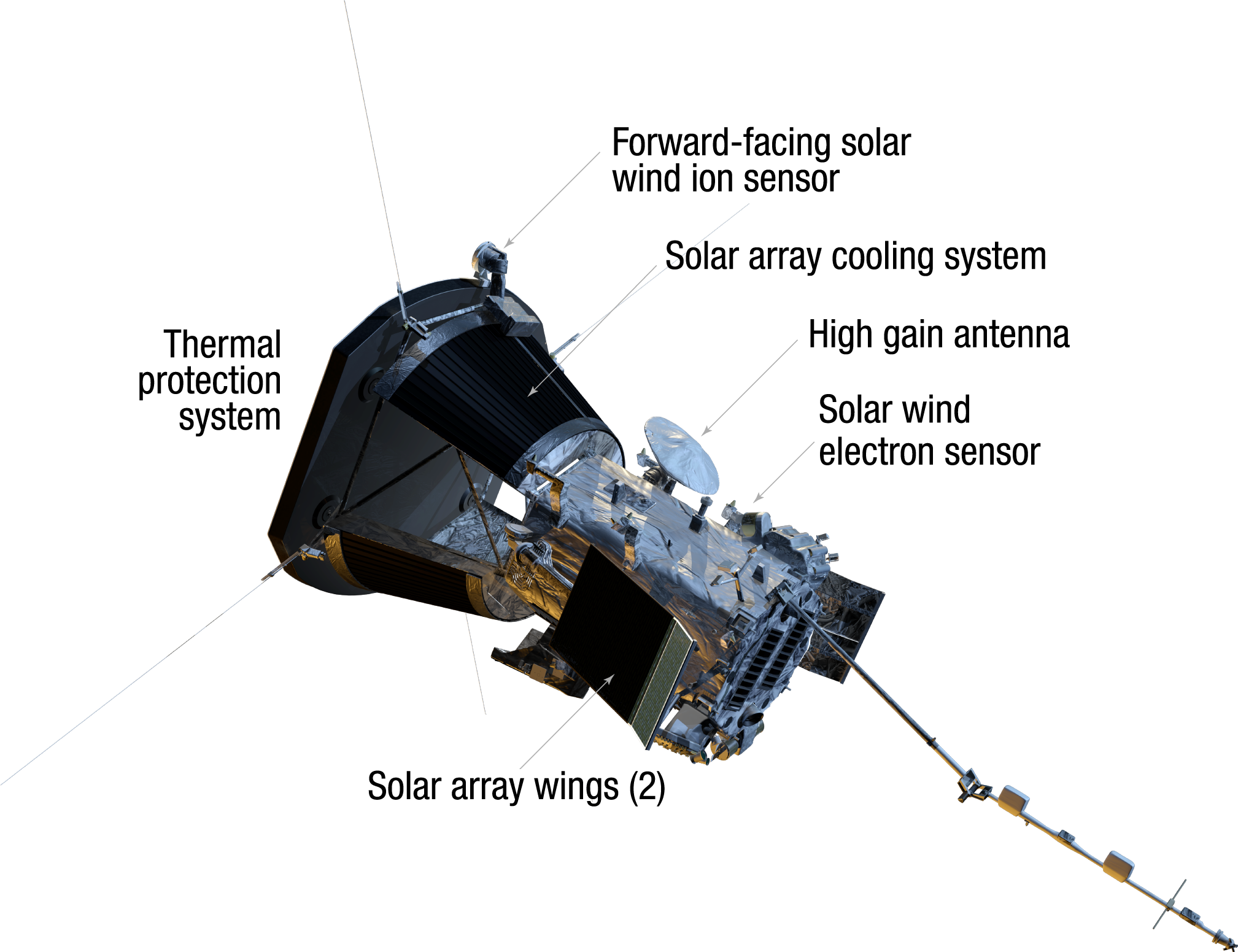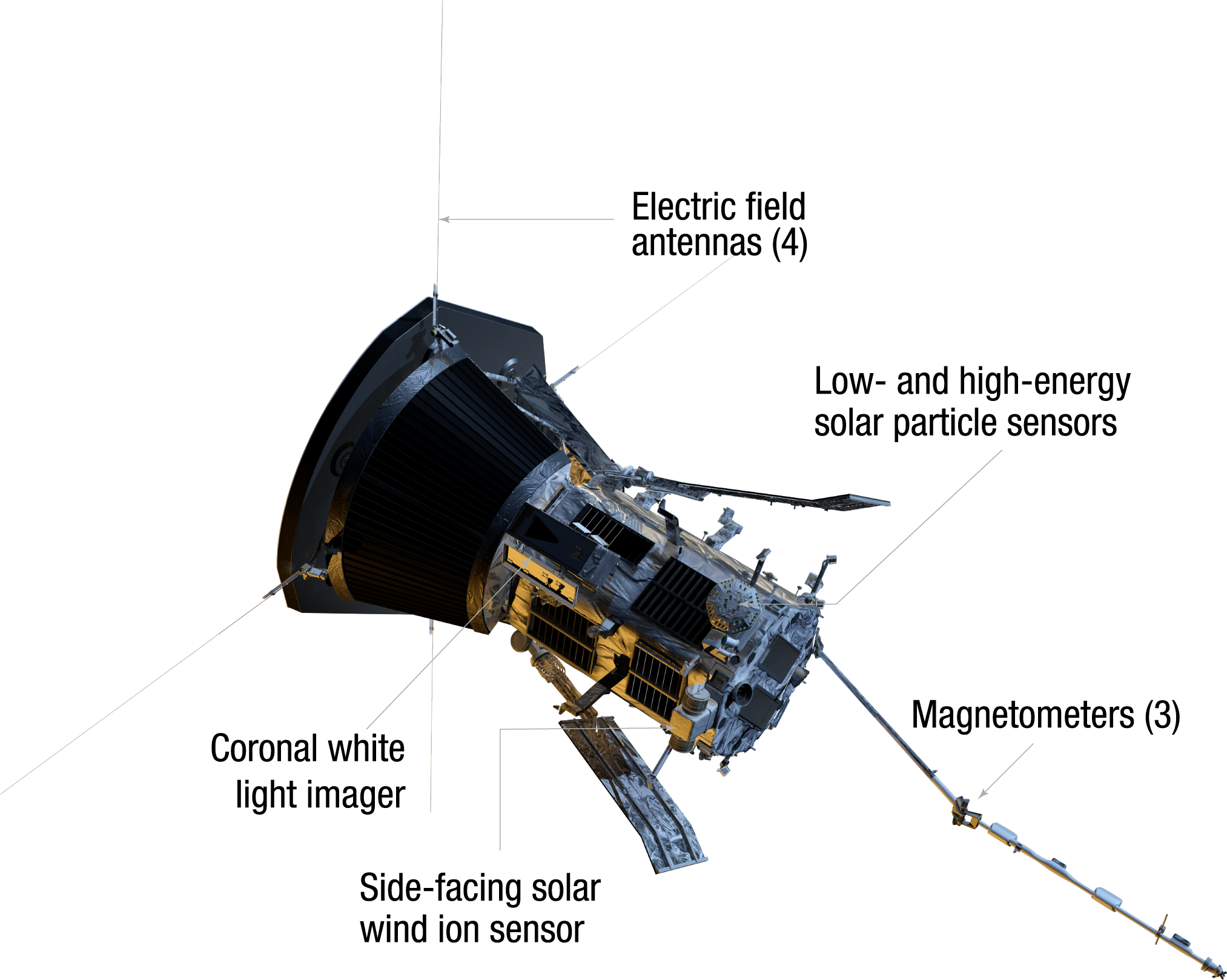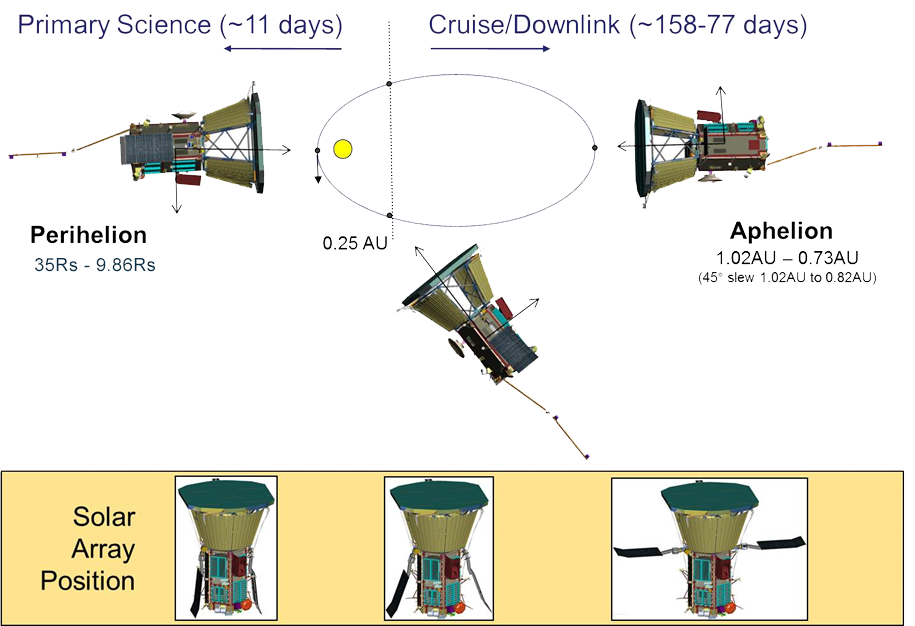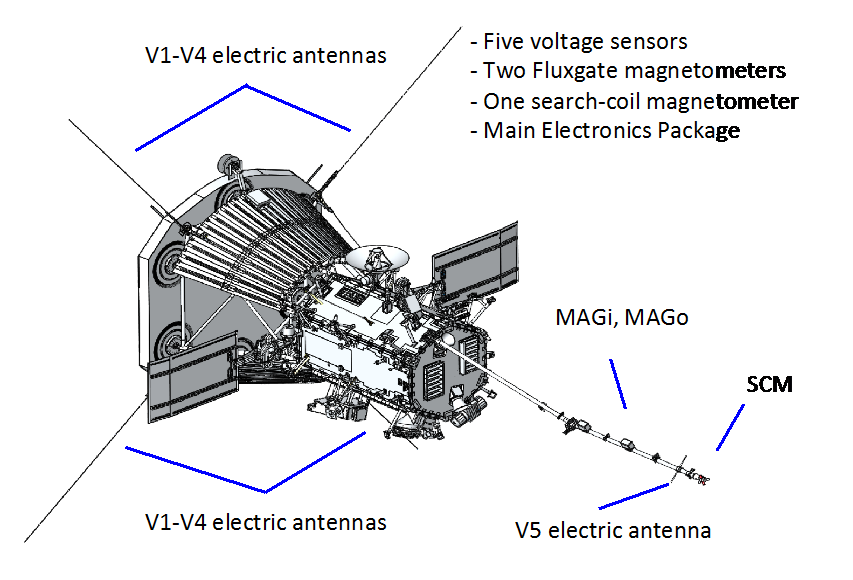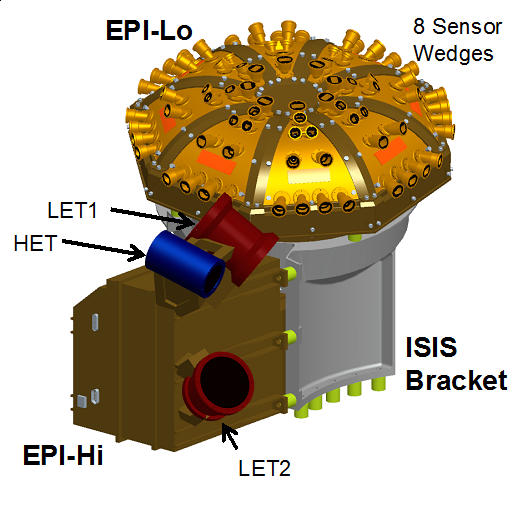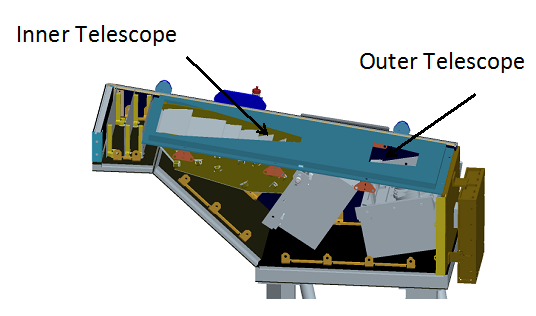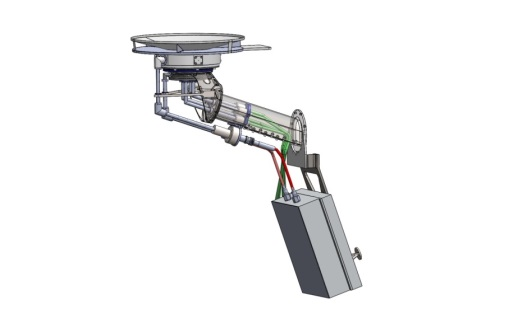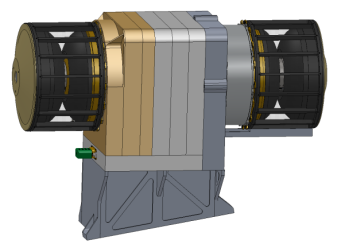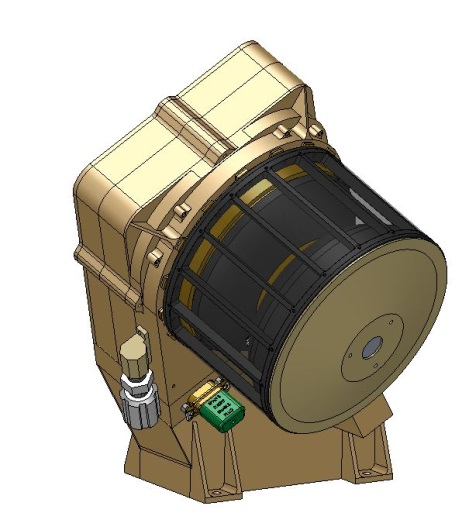Spacecraft
Extreme Engineering

Join the excitement
Experience Parker Solar Probe
Explore and manipulate the Parker Solar Probe spacecraft on your computer screen or access an Augmented Reality version of the spacecraft on your cell phone.
Spacecraft Basics
NASA's historic Parker Solar Probe mission will revolutionize our understanding of the Sun. Parker Solar Probe will swoop closer to the Sun's surface than any spacecraft before it, facing brutal heat and radiation conditions.
The spacecraft will come as close as 3.83 million miles (and 6.16 million kilometers) to the Sun, well within the orbit of Mercury and more than seven times closer than any spacecraft has come before.
To perform these unprecedented investigations, the spacecraft and instruments will be protected from the Sun's heat by a 4.5-inch-thick (11.43 cm) carbon-composite shield, which will need to withstand temperatures outside the spacecraft that reach nearly 2,500 degrees Fahrenheit (1,377 degrees Celsius).
